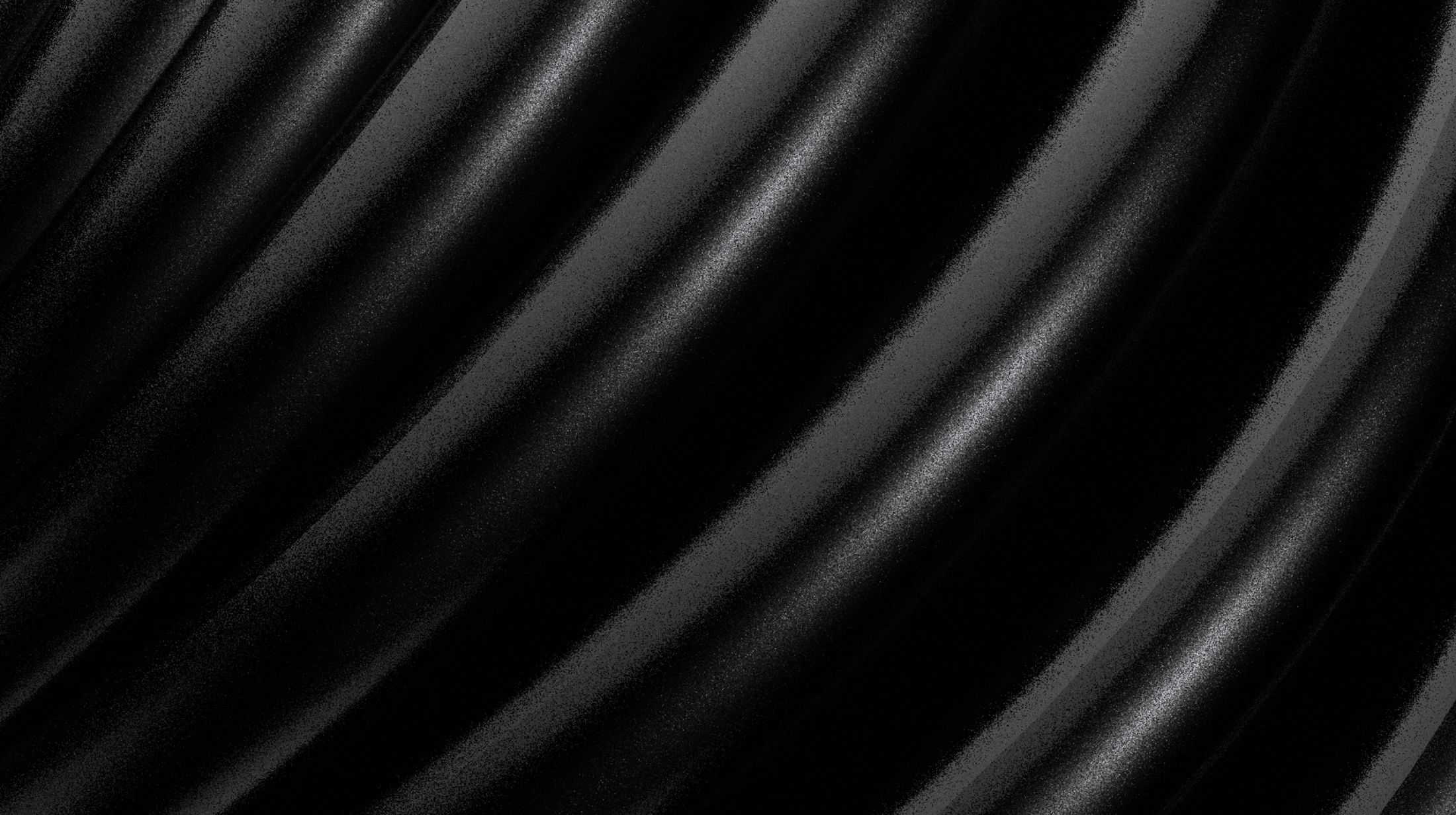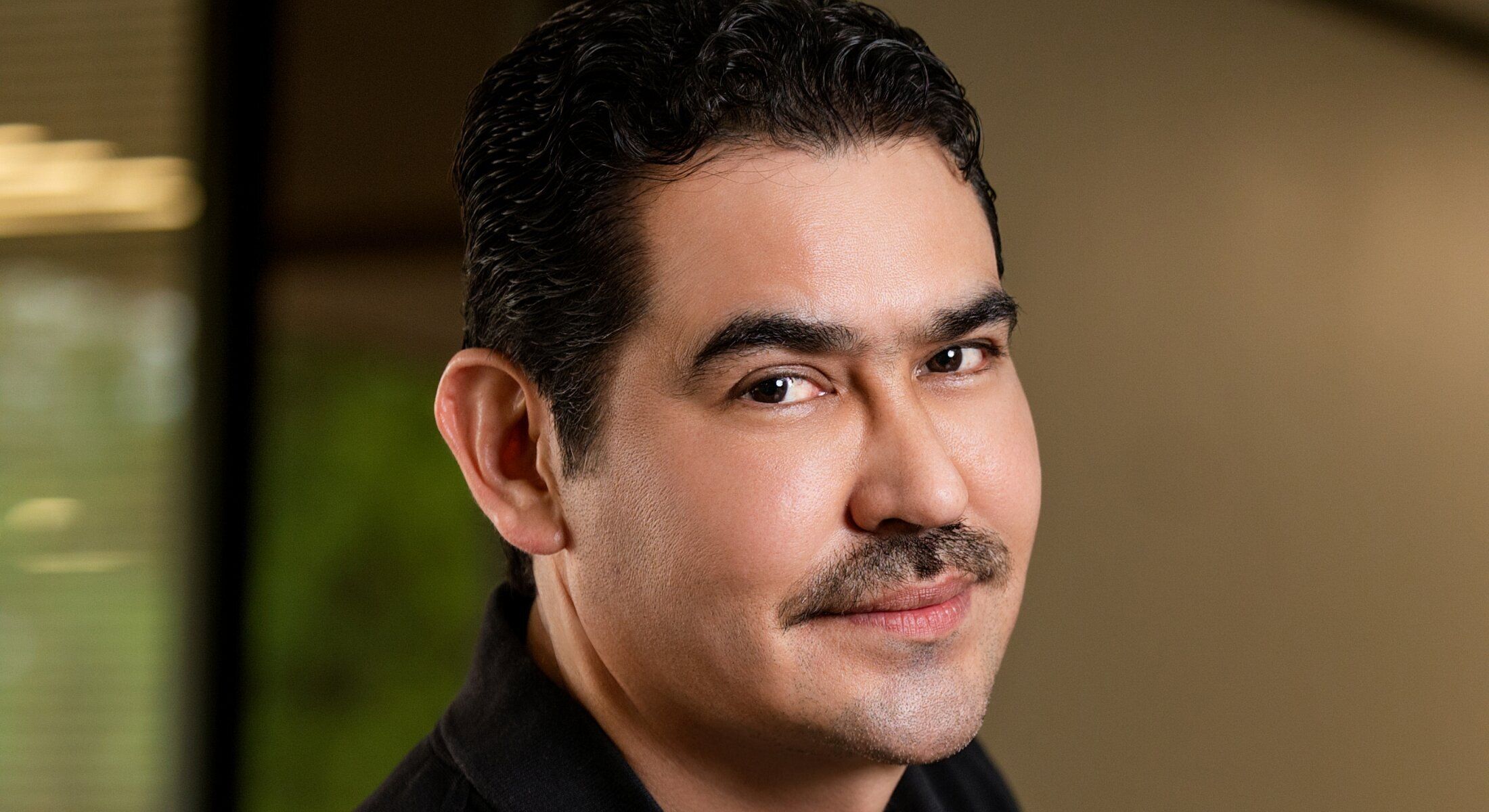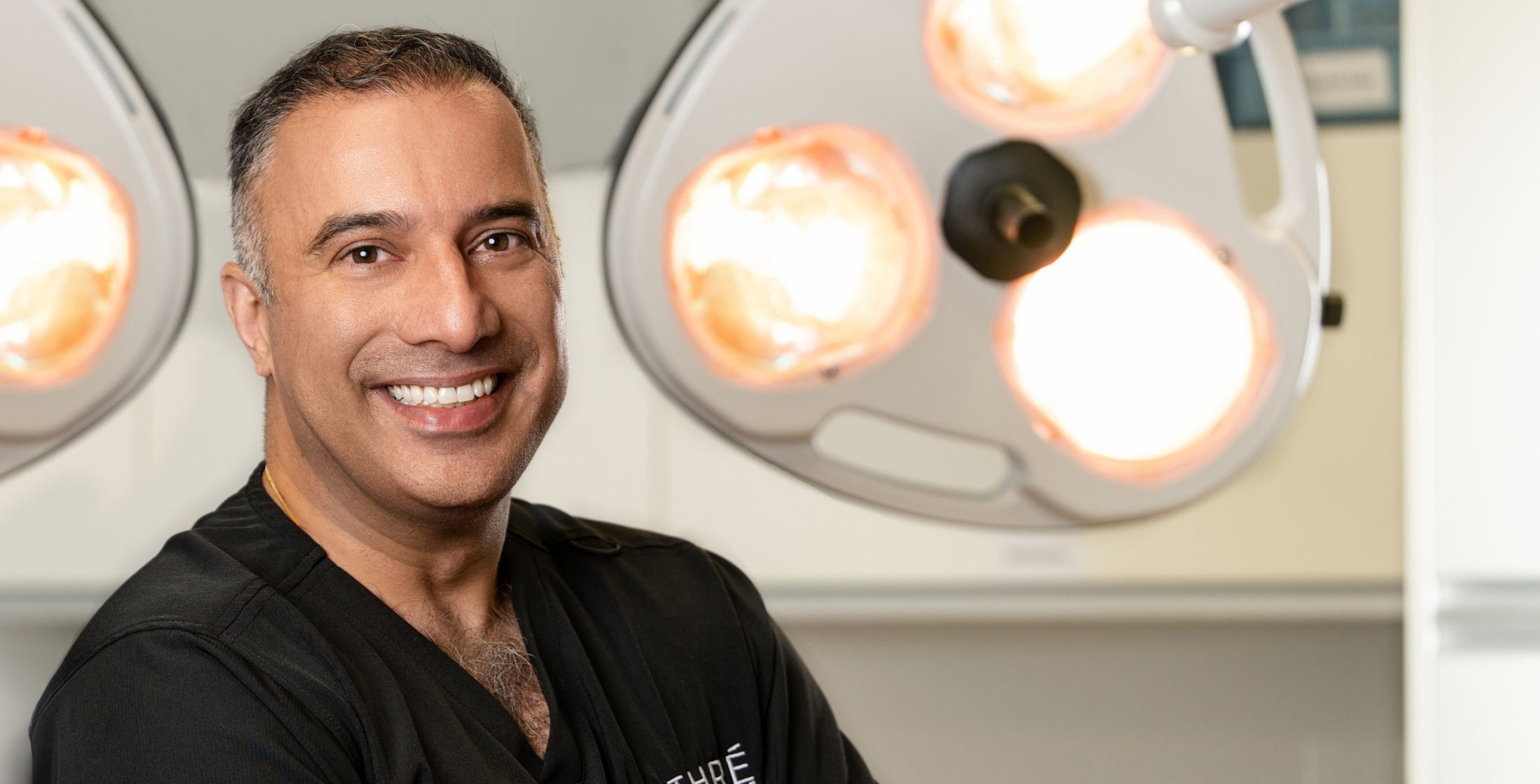



If you are considering nose surgery, you may have seen a lot about “open” vs. “closed” techniques. Learn more from Dr. Athre about these options. Two methods exist to reach the nose’s cartilage and bone in rhinoplasty surgery: open and closed surgery. Closed rhinoplasty is a type of rhinoplasty where all the incisions are inside the nose. Open rhinoplasty uses the same incisions as closed rhinoplasty, BUT uses one additional incision. That incision is a broken or jagged line across the columella (the strip of skin separating the nostrils).

Closed rhinoplasty is the older technique of rhinoplasty. Up until the 1970s, most rhinoplasty surgeries used the closed technique. Another name for the closed rhinoplasty technique for nasal surgery is the delivery technique. In this technique, we make incisions inside the nostrils on both nostrils.

Once Dr. Athre makes these incisions, he dissects above the lower lateral cartilages. After separating the lower lateral cartilages, they can be “delivered” into either nostril to change them. That is why the closed technique is also known as the delivery technique.
The closed rhinoplasty technique has some advantages over the open technique for nasal surgery. The closed technique is more quick than the open technique.
However, closed rhinoplasty requires more surgical expertise. Another disadvantage to the closed technique is that the ability to see all the nasal structures is limited. You are looking into a tiny hole, so you cannot completely visualize all the structures.
Open rhinoplasty developed after the closed rhinoplasty. Open rhinoplasty uses the same incisions with an additional incision on the columella. The primary advantage of open rhinoplasty is the ability to see everything. The extra incision on the columella lets you lift the skin and the whole soft tissue covering off the nose. This allows you to see everything. The open rhinoplasty is the most popular technique currently amongst rhinoplasty surgeons.
The open rhinoplasty technique is the preferred technique for revision rhinoplasty surgery. Surgeons also prefer the open technique for complicated rhinoplasty surgeries where the nose might be twisted or crooked.

As mentioned previously, the open technique has overtaken the closed rhinoplasty technique. Just as in any field where there are multiple viewpoints, the same holds true amongst rhinoplasty surgeons. There are two groups of rhinoplasty surgeons: open rhinoplasty surgeons and closed rhinoplasty surgeons. Each group believes that their own technique is better.
Surgeons who are closed rhinoplasty believers state closed rhinoplasty has less post-operative swelling than open rhinoplasty patients. Dr. Athre does not believe this to be true.
Several variables are related to swelling after rhinoplasty surgery.
Revision rhinoplasty patients, where surgery takes longer due scarring, etc., will swell more post-operatively than primary rhinoplasty patients. Patients with previous trauma or longer surgeries will experience increased swelling after the operation. Therefore, this is not related to the open or the closed technique.
Some surgeons believe that making a cut on the outside of the nose during closed rhinoplasty is incorrect. They argue that this method results in a noticeable scar. The cut on the columella always heals well if the surgeon closes it carefully and precisely, with no scars. So, I believe that this argument is also not completely true.
Older rhinoplasty surgeons likely have done more closed rhinoplasty surgeries. Younger rhinoplasty surgeons have likely done only open rhinoplasty and might be uncomfortable with the closed technique. Dr. Athre has trained extensively in both techniques. He is adept at both techniques.
Dr. Athre does different types of nose surgery and considers patient features to choose the best technique. Patients who need an open rhinoplasty are:
These patients should have an open rhinoplasty for better visualization. A patient with a small hump and no major nose injury or crookedness may benefit from a closed procedure.
A recurring theme in all these technique pages is that there is no perfect technique that will fit for every patient. The open and closed rhinoplasty techniques both have advantages and disadvantages. The skills of the surgeon is more important than rhinoplasty technique.
Dr. Athre is versed in both the open rhinoplasty and closed rhinoplasty techniques. Also, Dr. Athre spends significant time improving techniques and inventing new techniques. This continual evolution of his technique allows Dr. Athre to give the best rhinoplasty results for his patients.
“Dr Athre did an amazing job on my nose. His staff treated me like family and I felt very comfortable getting the work done. He was very intuitive on what I was trying to accomplish and knowledgable enough to work through the issues involved to get the result I wanted, especially considering it was a revision surgery. The whole experience was great and helped me so much!”
